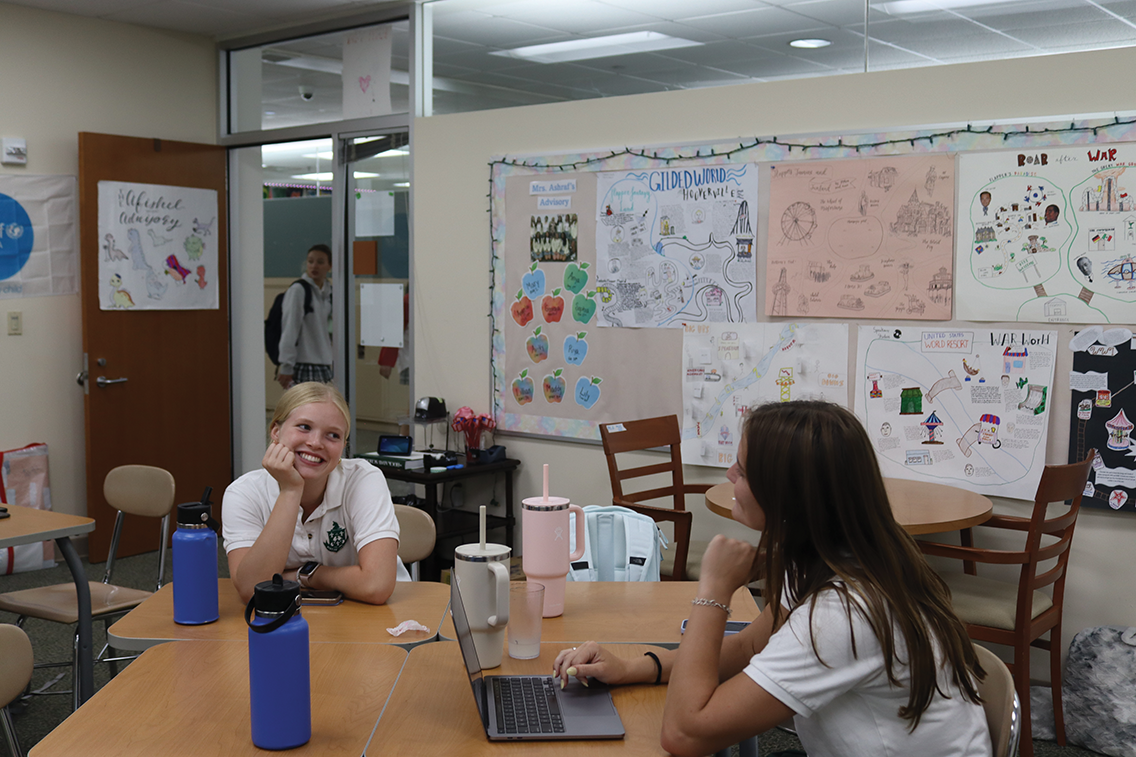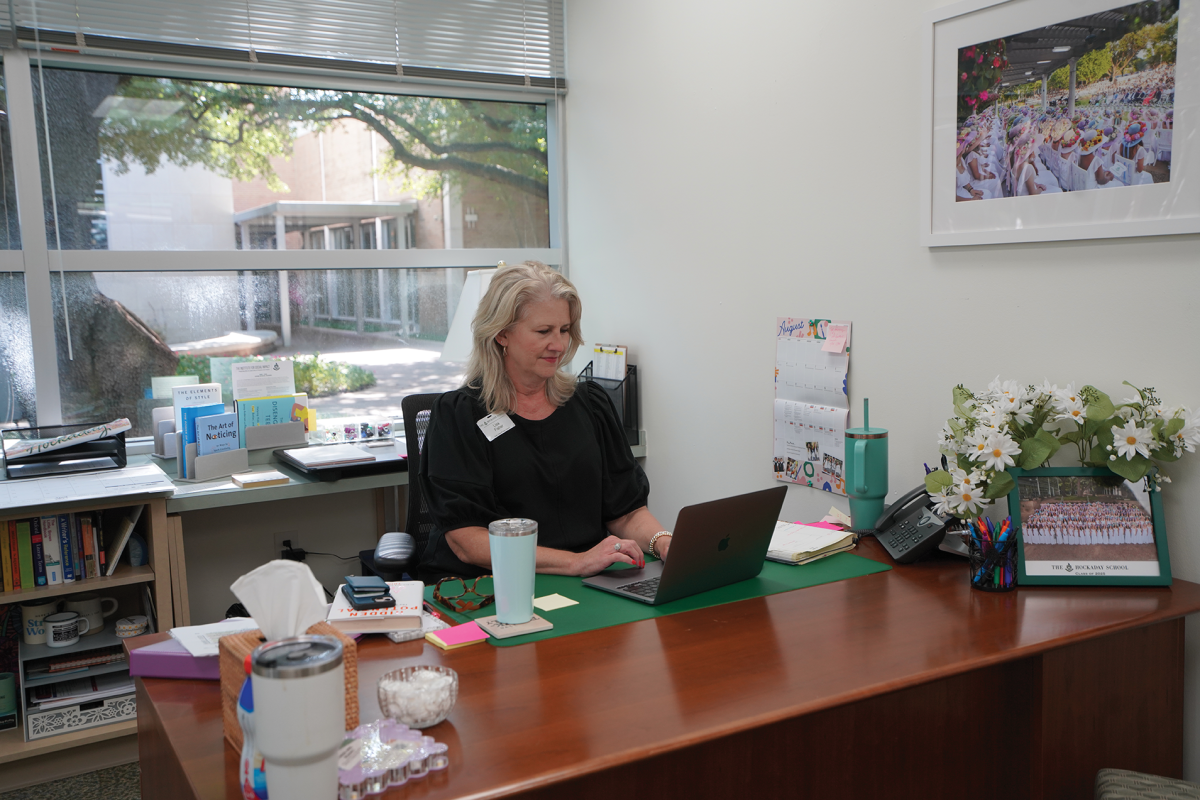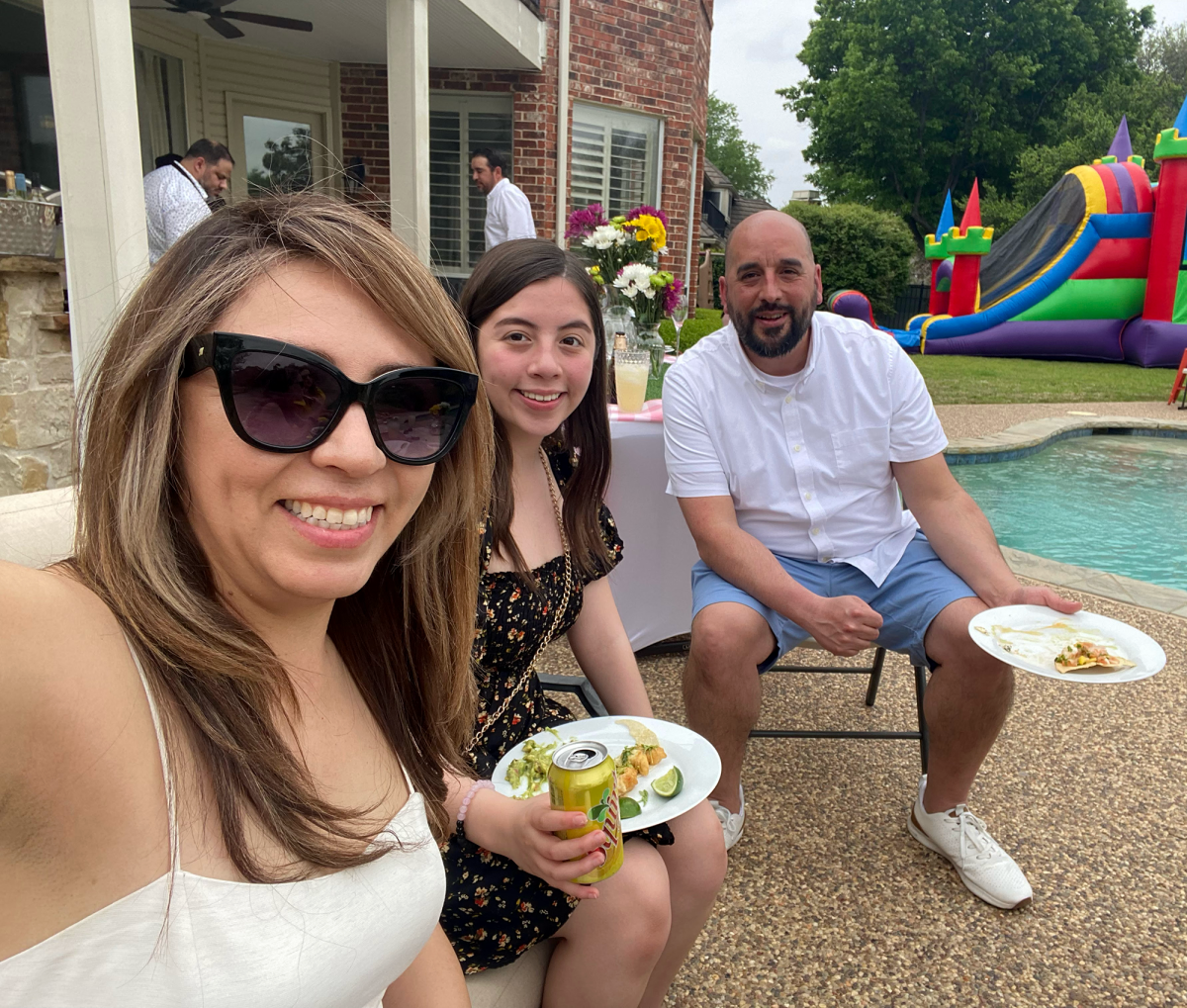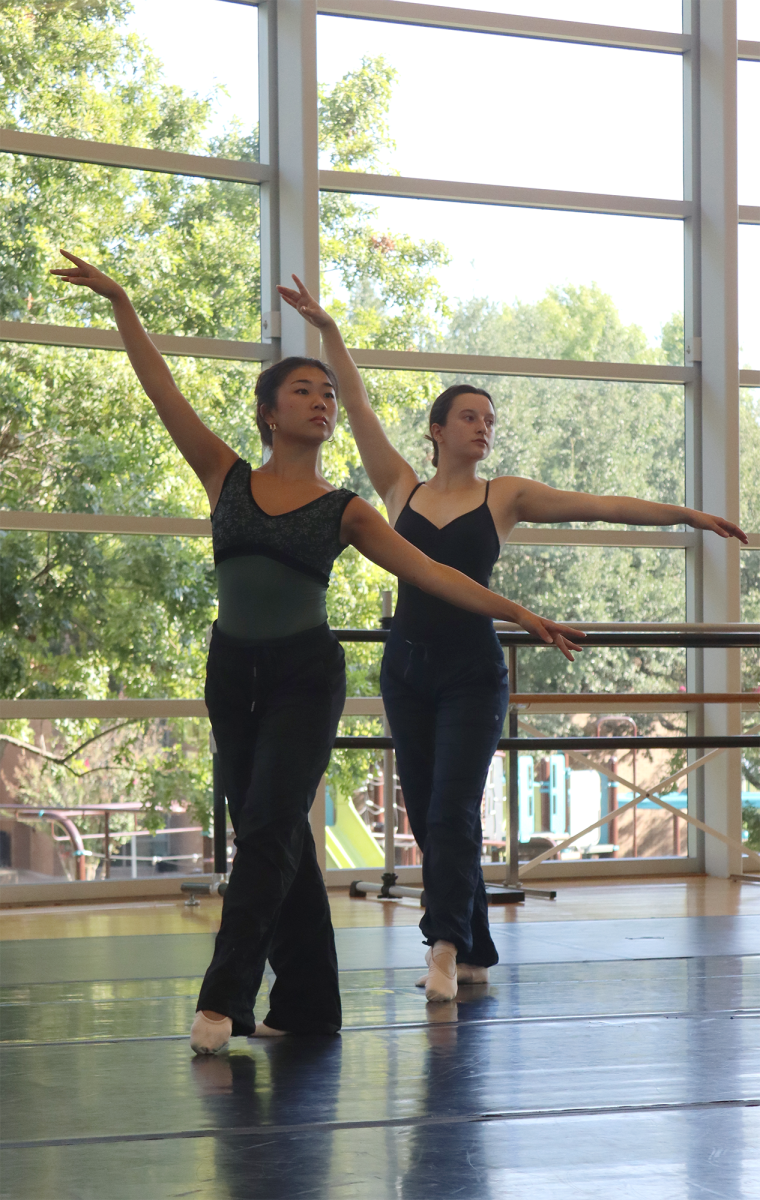//PICTURED ABOVE: Volunteer students working with Afetr8toEducate brainstorm ideas for the common spaces in DISD’s new youth homeless shelter.
There are currently approximately 4,337 homeless youth in the Dallas area, and the Dallas Independent School District (DISD) is now planning on a new way of approaching the issue.
However, the center is conveniently located next to a Dallas Area Rapid Transport (DART) station, so students could potentially still attend their former high school, with some determination to stay at the same one. Day says that the center is planning on having some school buses take students to certain schools, but the issue is one that may have to be worked out throughout the planning.
Currently, the center already has a drop-in center with resources for teens such as counseling, food, an industrial kitchen to teach skills, the resources to obtain a GED and general community resources.
The ultimate goal of the center is to provide the opportunity for homeless youth to succeed in school and to have stable housing after the 30 to 90 day stay period.
The number is a very rough estimate because of the nature of counting homeless youth. Laura Day, the Head of the Institute of Social Impact says that the statistic is an estimate because of the complications of researching these statistics.
“The number is pretty nebulous because how do you count a kid on a couch?” Laura Day said.
Despite the large margin of potential miscalculation, the approximated number has risen dramatically in recent years.
To combat this problem, the city of Dallas plans to open a shelter in the Fair Park area, specifically for homeless youth in DISD, with the expertise of a Dallas design firm. The city of Dallas agreed to give the unused building of the former Fannie Lou Hamer elementary school to the project.
The project was started by the nonprofit group After8toEducate, which pooled the opinions of homeless shelters such as Promise House on a board in order to address the growing issue of homeless youth in DISD.
In order to have younger perspectives, the design firm will have volunteer students to pitch them ideas for the design of two parts of the space. The group of volunteer students that will work with the design firm are a collaboration between Hockaday students Paige Anderson, Katherine Hancock, Kylee Hong, Maddie Fisher and Karen Lin among a few Thomas Jefferson high school students. One group is working on designing the inside of the sleeping pods, while the second group is designing a library and flex space.
“It’s huge if you’re going to design a space for teenagers that teenagers are going to be designing the space. I feel like kids should have so much more of a say in what would work as opposed to adults telling them what would work,” Day said.
The opportunity to work on the project was emailed out to all Hockaday art students, since the goal of the volunteers is to enhance the design of the space.
Anderson, a junior at Hockaday, was compelled by the email due to her interests in both design and community service.
“In zoo class, we do a lot of design thinking like what we do in this project, and also it’s just a nice way to combine design and community service,” Anderson said. “So when Ms. Day emailed about it, it sounded like something I wanted to try.”
Having the two schools work together effectively acts as a way of having a stronger diversity of opinion and background in the student volunteer group of the designers.
“When you’re trying to solve a problem or design something, having as many voices and people in the room is important,” Day said.
Hockaday students working on the project are looking to make the shelter not only functional but also a place youth will want to be in.
“We’re really looking to create a space that’s welcoming for all where everyone would want to go to hang out and build friendships with other kids at the shelter,” Hong said, describing the library space her group is responsible for.
In addition, the students working on the design of the center are attempting to learn as much as they can about a homeless teenager’s experience through visiting homeless shelters in Dallas and through interviewing these teenagers.
“Understanding the user, understanding the person who will live in this shelter, to try to design something that will be perfect for that person; you can never do that if you don’t know those people,” Day said.
On April 29, the Hockaday students visited Promise House and the actual site of construction in order to gain that understanding. Anderson found visualizing the area very helpful.
“It was really informative, and it was nice to know before we go into our final designs because we had only looked at blueprints of the space, so it was good to see what we were working with,” Anderson said, “we also saw what they had already made and what Promise House was already running, so then we had a basis for what our designs could go off of.”
Currently, Dallas has two main shelters specifically for children, Jonathan’s place and Promise House, but this new project will be the first to directly work with DISD with the goal of keeping homeless youth in school and giving them the resources to advance in middle and high school. Teachers and school counselors will be able to direct students towards the resources of the center.
“It’s harder for [homeless students] to go to school and succeed in school when they don’t have basic accommodations, and that impacts their futures,” Hong said.
The center will also have more permanent housing for 18-to-21-year- olds, mainly those that have aged out of the foster system or lack housing. The housing will provide resources for this age group to obtain employment and eventually secure a place of their own to live, with a plan for the future.
“Kids age out of the system and have nowhere to go. It will be a really stable place for them,” Day said.
One issue the center faces is whether students will stay in their same high schools. Many studies have shown that staying in the same high school throughout the four years is crucial as it provides another support system of teachers and counselors that know a student.
Story by Niamh McKinney
Photo provided After8toEducate






